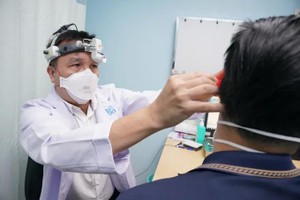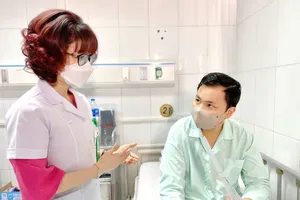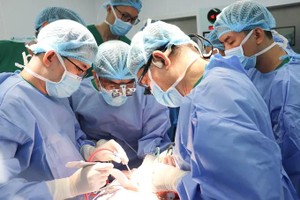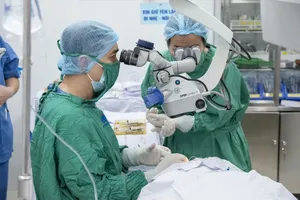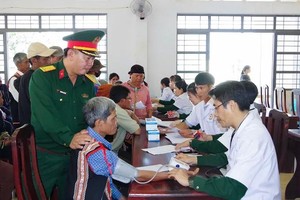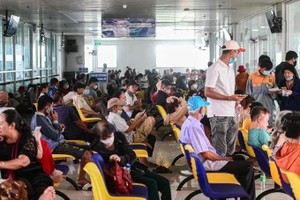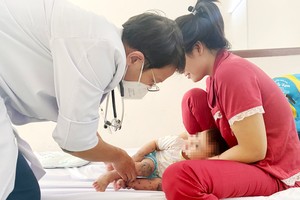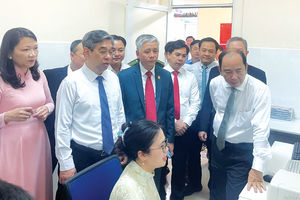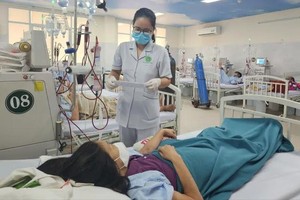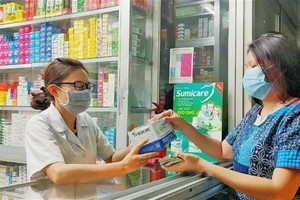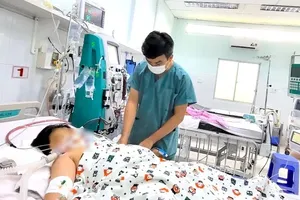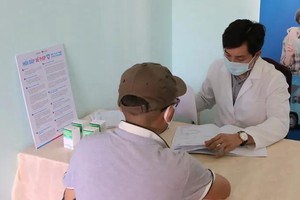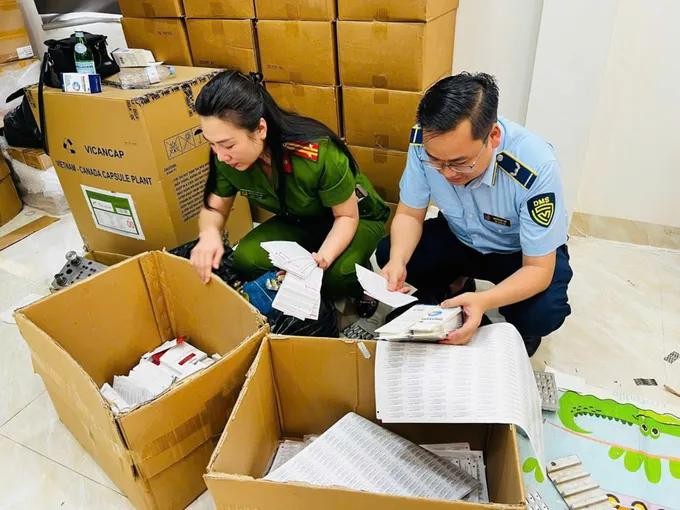
Following police force's discovery of counterfeit and substandard drugs, a deeply concerning aspect of these busts is the revelation that a substantial portion of these illicit batches had already been administered to patients before their discovery and subsequent recall. This has fueled public confusion and anxiety regarding the quality of essential medications, simultaneously raising serious questions about the accountability of state management agencies and regulatory inspection bodies.
The market is inundated with counterfeit health products, ranging from supplements claiming to aid weight loss, weight gain, cognitive enhancement, height increase, skin beautification, and hair growth to treatments for serious conditions like stroke, cardiovascular disease, and cancer. These fraudulent products share common traits such as low cost, unclear origins, and detection only through regulatory testing.
Publicly traded online
Authorities have recently uncovered numerous instances of counterfeit drugs being widely distributed across social media platforms. These illicit products, which include items marketed as weight loss drugs, cancer treatment support drugs, sexual enhancement drugs, and functional foods, often lack verifiable origins and have not undergone quality testing. They are readily accessible to consumers through various social media and e-commerce channels.
Recently, the Nam Dinh Provincial Police prosecuted and temporarily detained Nguyen Van Vu, a resident of Nam Truc District, on charges of fraud and appropriation of property.
At the police station, Vu confessed to exploiting social media platforms to purchase low-cost Chinese eye drops, which he then repackaged using counterfeit boxes, stamps, and labels mimicking those of Japanese brands. He advertised and sold these fake products through social networks. Once buyers placed orders, trusting the authenticity of the goods, Vu personally packaged and shipped the items using cash-on-delivery (COD) services.
Through this scheme, Vu sold counterfeit Japanese eye drops to numerous victims across the country, defrauding them of over VND3 billion (US$115,313).
The sudden increase in the amount of counterfeit pharmaceuticals is driven largely by high profit margins. Meanwhile, enforcement efforts remain challenging due to increasingly sophisticated tactics used by offenders—such as using postal delivery systems, falsifying sender information, and hosting operations on servers located abroad. Plus, the surge of counterfeit medicines is exacerbated by consumers' limited knowledge in distinguishing genuine from fake products, making them susceptible to persuasive advertising. Tactics such as discounts and promotions exploit buyer psychology, further fueling the demand for these fraudulent medications.
Unpredictable danger
According to the World Health Organization (WHO), an estimated 10 percent of drugs in circulation globally are counterfeit and this number in developing countries can be up to 30 percent, showing the seriousness of the problem, when millions of patients are at risk of exposure to counterfeit drugs every day. Counterfeit drugs are not only ineffective in treating diseases but can also cause serious side effects, threatening the lives of users.
The circulation of counterfeit and substandard drugs erodes consumer trust and severely damages the reputation of legitimate pharmaceutical suppliers. These fake products are often produced with sophisticated techniques, with differences only discernible through side-by-side comparison of packaging and usage instructions.
Director Nguyen Trung Nguyen of the Poison Control Center at Bach Mai Hospital warned that patients face unpredictable risks when inadvertently using substandard drugs. For instance, a diabetic patient prescribed hypoglycemic medication purchased a counterfeit version, resulting in uncontrolled blood sugar levels that escalated, posing a fatal risk.
Beyond lacking the registered active ingredients, poor-quality drugs may contain harmful substances that trigger adverse effects such as allergies or poisoning. For critically ill patients requiring specialized medications or antibiotics, using substandard drugs can waste critical treatment time, exacerbating the condition and potentially leading to death.
